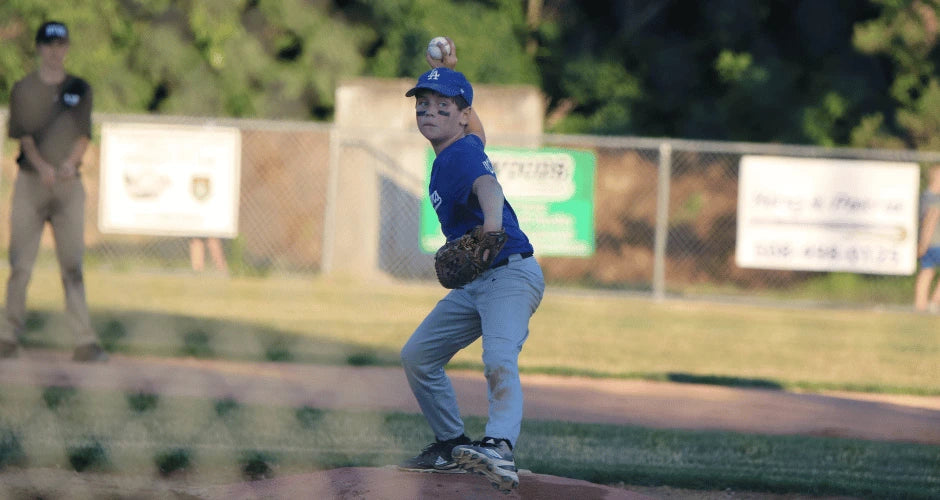If the pain does not get better with rest, it might be time to go see your doctor or an orthopedist. The doctor will examine the elbow and look for swelling and range of motion to determine where the pain is. They will likely take an X-ray to determine any cartilage issues or growth plate damage.
Most youth baseball players can treat pitcher's elbow with rest and physical therapy but some cases may require surgery. If your child has elbow pain, they should stop throwing and give their arm a break (4-6 weeks minimum). See if resting alleviates the pain, but consulting a medical professional might offer more peace of mind.
There are a few different treatment options but the most common ones are rest, ice, and compression. If none of those seem to work, more severe cases may require surgery.
IIf you suspect your child has an elbow injury, consult a doctor to rule out serious issues. With proper care, most children will make a full recovery and be able to return to playing baseball.






